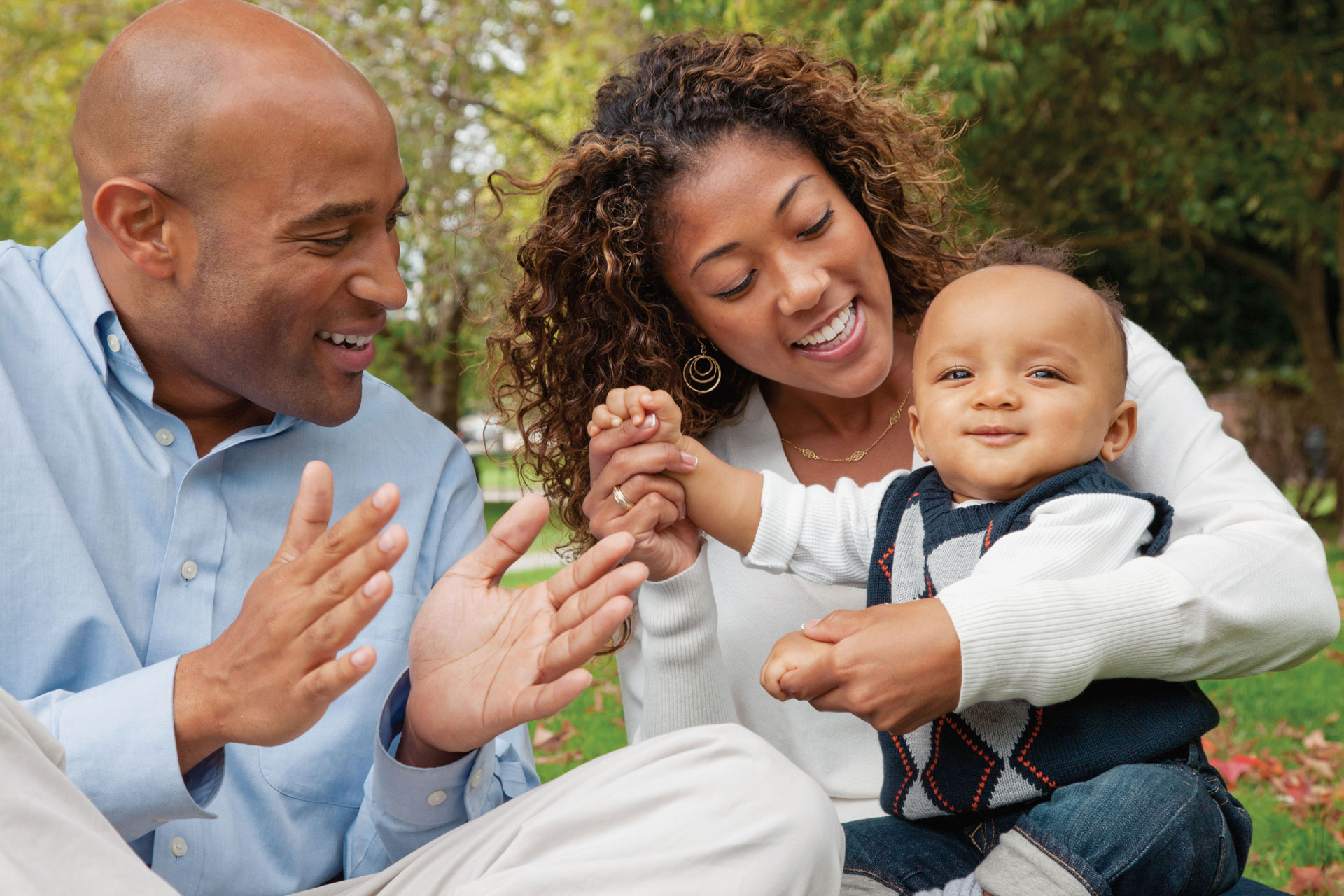
Exploring the World with Baby – Sensory Play
- Home
- Live Well Blog
- Exploring the World with Baby – Sensory Play
Sensory Play, what is it, and why does it matter?
Parents often hear about the importance of sensory play for their babies and kids, but what exactly is it, and why does it matter? Sensory play involves using our body movements and our five senses—sight, smell, sound, feel, and taste—in everyday activities. It helps babies and children explore their surroundings and learn new things.
Sensory Play Involves all 5 Senses!
Sensory play helps babies build pathways in the brain that are needed for skills like moving, talking, and thinking. But don’t worry, sensory activities don’t have to be complicated. You can use simple items found around your home or outdoors.
With infants, start by gently touching and talking to them. Show them bright colors and offer toys they can explore with their mouths. Babies often enjoy touching their feet, hands, and mouths, so start there. Letting them chew on safe toys helps them get used to different textures, which can be helpful for eating and brushing teeth later on.
Sensory activities don’t have to be complicated. You can use simple items found around your home or outdoors.
As your child grows, you can try different activities to engage their senses. Inside, let them touch things with different textures or play with food during meals. You can also make your own sensory boards with items like soft fabrics or sandpaper.
Water play is another great sensory activity. You can do it inside in the bathtub or outside with a water table or sprinkler. Spending time outdoors offers even more sensory experiences, like feeling the sun and touching grass and leaves.

